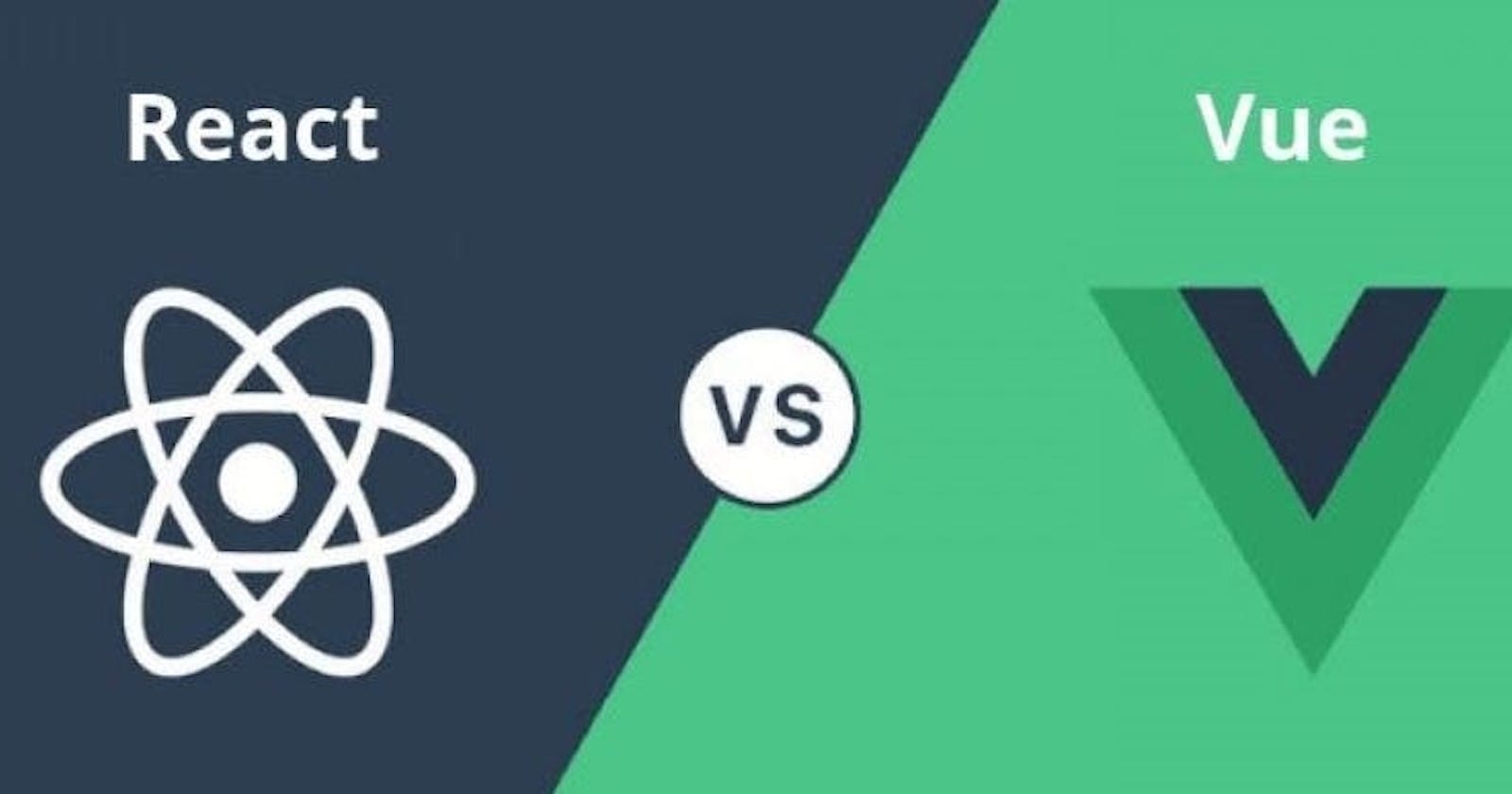In the realm of modern web development, JavaScript frameworks are indispensable tools that help developers build complex, high-performance web applications efficiently. Two of the most popular frameworks in today's development landscape are Vue.js and React.js. Both have their own philosophies, ecosystems, and communities, making the choice between them an important decision for any project. In this article, we'll compare Vue.js and React.js, highlighting their differences, strengths, and use cases.
Vue.js: The Progressive Framework
Vue.js, created by Evan You, positions itself as a progressive JavaScript framework, meaning that it's designed to be incrementally adoptable. The core library focuses on the view layer only, which makes Vue very easy to integrate into projects where you may need just a bit of the framework, and it can be just as easily used to build sophisticated Single-Page Applications (SPAs) when combined with modern tooling and supporting libraries.
Key Features of Vue.js:
Reactive and Composable Data Binding: Vue’s data binding system allows for a reactive and composable way to handle component data and state.
Convention over Configuration: Vue provides opinionated solutions to common tasks, which can reduce decision fatigue for developers.
Single-File Components: With .vue files, developers can encapsulate HTML, CSS, and JavaScript together in a modular and reusable way.
Vue CLI: A powerful command-line tool for scaffolding and managing Vue projects.
Readability: Vue's templating syntax is very similar to HTML, making it intuitive for developers with a basic understanding of web technologies.
Rich Ecosystem: Vue has a rich ecosystem with tools like Vuex for state management and Vue Router for routing.
React.js: The UI Library
React.js, developed by Facebook, is not a full-blown framework; it's a library focused on building user interfaces. It is often referred to as the 'V' in MVC (Model-View-Controller) because it handles the view layer. React is known for its virtual DOM implementation and component-based architecture, which offers high performance and a clear structure for web applications.
Key Features of React.js:
Component-Based Architecture: Building with React involves creating a collection of isolated, reusable components that manage their own state.
JSX: JSX is a syntax extension for JavaScript that looks similar to XML. It allows developers to write UI structures in a way that's similar to writing HTML.
One-Way Data Flow: React's one-way data binding makes the flow of data predictable and easier to understand.
Rich Tooling: Tools like Create React App and Next.js provide excellent starting points for React applications.
Strong Community: React's community is vast and active, resulting in a plethora of third-party components, libraries, and tools.
Flexibility: React's unopinionated nature gives developers the freedom to choose the best tools and libraries that fit their needs.
Performance
Both Vue and React offer high performance for most needs, utilizing virtual DOM to minimize direct manipulation of the DOM, which is a costly operation. They implement smart strategies to update the view efficiently and provide smooth user experiences.
Learning Curve
Vue is often considered easier to learn than React because of its simplicity and its similarity to HTML and traditional web development practices. The learning curve for Vue is gentle, and developers can integrate it into their projects progressively.
React's learning curve might be steeper due to its JSX syntax and the requirement to understand the principles of component lifecycle and state management. Moreover, since React is less opinionated, developers might need to learn additional tools and libraries for routing or state management (e.g., React Router or Redux).
Community and Ecosystem
React has been around longer than Vue and has a larger community and ecosystem. This is reflected in the number of resources, tutorials, third-party libraries, and job opportunities available for React developers.
Vue, while having a smaller community, has seen rapid growth in recent years and is particularly popular among solo developers and small to medium enterprises in Asia and Europe. Its community is very friendly and welcoming to newcomers.
Use Cases
React's flexibility makes it a good fit for large-scale applications with complex architectures. It's also well-suited for cross-platform development through React Native.
Vue, with its simplicity and gentle learning curve, is excellent for startups and for projects where time-to-market is critical. It is also quite versatile, suitable for both small widgets and enterprise-level applications.
Conclusion
Choosing between Vue.js and React.js largely comes down to personal preference, project requirements, and team expertise. Vue's progressive nature might make it the framework of choice for those who prefer a more straightforward and convention-based approach. On the other hand, React's flexibility and robust community support may attract developers who want the freedom to choose their own solutions and have access to a vast pool of resources and knowledge.
In the end, both Vue and React are powerful solutions for building modern web applications, and each has proven

